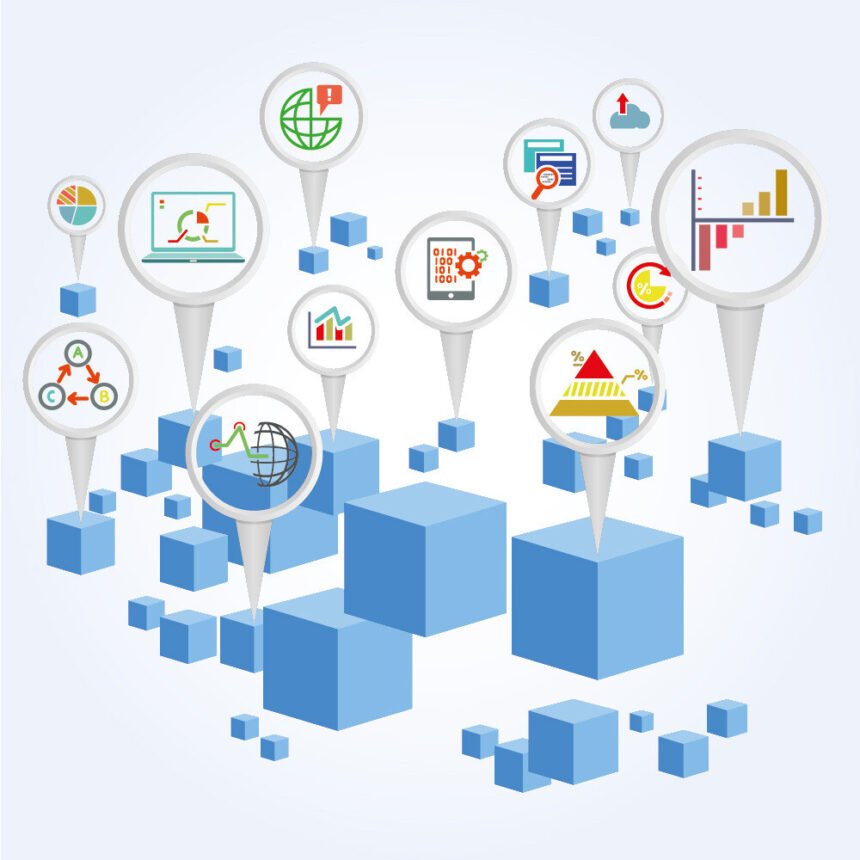Algorithmic trading is the use of advanced, high-speed performance computer programs to execute trade entries and exits in the financial markets. Statistical models are used to generate the formulae with which the software can make market entries and exits.
The study of technical analysis works with three basic assumptions:
- Price discounts everything.
- History tends to repeat itself.
- Price moves in trends.
Algorithmic Trading Uses Big Data to Enhance Rational Factors in Supply and Demand
Supply and demand are driven by rational and irrational factors. Rational factors include data and economic factors. The data component of price action is what is harnessed by statisticians and mathematicians to produce the models on which the algorithms are made. These algorithms are then coded using the programming languages of the trading platforms to generate the algorithmic trading software.
This software is usually utilized on algorithmic trading platforms, built on facilities which are co-located to the trading servers of the exchanges so as to reduce latency in the time the trade order data travel, thus converting these algorithmic software into high-frequency software which are capable of placing orders and exiting orders at extremely high speeds (<1ms). This algorithmic software tends to produce accurate results, because they draw on data that obeys one of the major tenets of technical analysis, which is that of history repeating itself.
Investment banks and hedge funds tend to deploy algorithmic trading for forex and the stock markets. The fact that they are highly successful is determined to a large extent by their algorithmic-based operations. Algorithmic trading is automated and does not involve the human element of emotion. It is therefore highly desirable for today’s traders because it has been proven to work over the years.
How to Profit From Machine Learning and Big Data in Algorithmic Trading
Algorithm-based trading brings speed, precision and profitable performance to the table. It also brings new dimensions to trading the online markets. Most trading done by retail traders is of the low-frequency variety, which focuses only on execution prices with no regard for latency. This puts the onus of trade performance solely on the trade’s ability to close beyond the opening price — in the direction of the trader’s expectation.
Algorithmic trading for forex, on the other hand, adopts several possible standpoints for profiting. Some of these are as follows:
- News-based
- Machine learning-based
- Arbitrage-based
- Scalping
- Market-making
- Market sentiment-based
An algorithmic trading platform will therefore present more sites for possible profiting from the markets than low-frequency or manual trading.
Algorithm-Based Trading vs Manual Trading: Big Data Makes the Difference
This question tends to get asked repeatedly: What really is the big deal in algorithmic trading? To understand how big a deal algorithmic-based trading really is, you need to get some sobering facts. Some of the early proponents and practitioners of technical analysis are not making as much money as they used to. The machines are taking it all at an increasingly alarming rate.
One area where algorithms have proven superior to manual trading is in the elimination of emotions. Emotions are generally damaging in forex. Emotions tend to be irrational responses to perceptions of what is going on in the market. But algorithmic trading makes use of statistical models, which are based on numbers that cannot be disputed. When this component is added to an algorithmic trading platform that injects speed and reduced latency into the process, you have a very powerful weapon with which to get ahead of others in executing your trades.
Algorithmic based trading is therefore more precise, more accurate and faster than manual trading. Once institutional traders found that they could multiply their profits using algorithmic trading, it became a mainstay of online markets. In the last decade, it has simply been a race to develop faster and better algorithms.
How Individual Traders Can Benefit from AI and Big Data in Algorithmic Trading
Using algorithmic trading at home will ordinarily be a very expensive venture for the individual trader if the trader were to put all the required infrastructure together. High-frequency algorithmic trading will require the following:
- Colocation facilities
- Hardware such as routers, servers, Network Interface Controllers (NICs) and switches.
- Several computers
- Networking lines
- Premium subscription to news feed services such as those of Bloomberg and Thomson Reuters.
The capital outlay for such a setup is simply too prohibitive for an individual trader. But does it mean that there is no opportunity to practice algorithmic trading at home? There is indeed a way out.
Subscribing to a managed account trading service which makes use of an algorithmic trading platform and software is the way to go. This way, you get the best of highly accurate, high-speed algorithmic trading without all the high initial costs that come with the setup of such a system.
For instance, there is an algorithmic trading platform where the EA there makes a return of 10% monthly with a loss protection mechanism which practically ensures that the traders who subscribe to this system of algorithmic trading for forex practically trade risk-free. This all comes without the need to pay for expensive setup equipment for algorithmic trading.
Algorithmic trading is now the mainstay of trading in the forex markets, although it is mostly used by the institutional investors. Retail traders are still lagging behind by using manual trading methods. In today’s news, the use of Artificial Intelligence (AI) in everyday life is getting almost daily mention. Therefore, it is only logical that retail traders adapt to the changing face of automated forex trading by using algorithm-based systems which are built with an AI-backbone to perform their trading in a risk-free environment, devoid of human emotions. Such systems easily adapt to changing market conditions and ensure that traders are not left behind as 2018 pushes to the second quarter.






